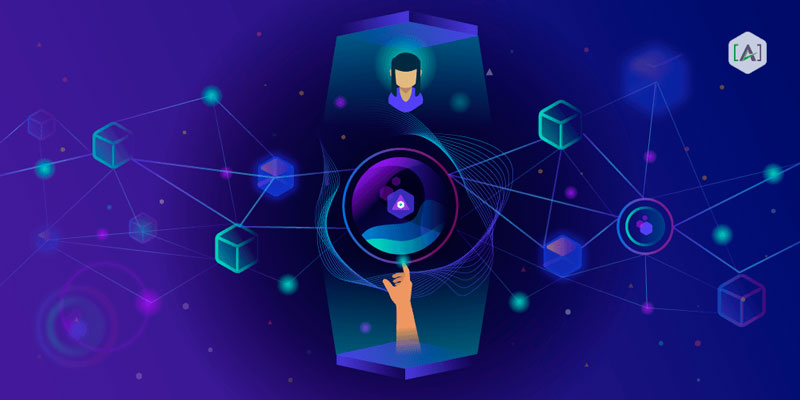Ontology and the Web Ontology Language (OWL) are essential tools in the realm of semantic web and data management. Ontology provides a structured fram...

28-05-2024

Ontology and the Web Ontology Language (OWL) are essential tools in the realm of semantic web and data management. Ontology provides a structured framework to categorize and relate concepts within a particular domain, enabling machines to understand and interpret complex information. OWL, a powerful ontology language developed by the World Wide Web Consortium (W3C), allows for the creation, sharing, and application of ontologies across various domains. By leveraging OWL, developers and researchers can ensure interoperability and enhance data integration, leading to more intelligent and responsive systems. This blog explores the basics of ontology, the features of OWL, and their applications in modern technology. Ontologies help define the concepts and relationships in a domain, creating a common understanding that can be used by people and computers alike. OWL builds on this by providing a rich language for defining and instantiating web ontologies. It includes capabilities for expressing complex relationships between terms, facilitating more accurate and detailed data representations. The adoption of OWL has profound implications for artificial intelligence, machine learning, and data-driven applications, providing the foundation for more sophisticated and reliable systems.